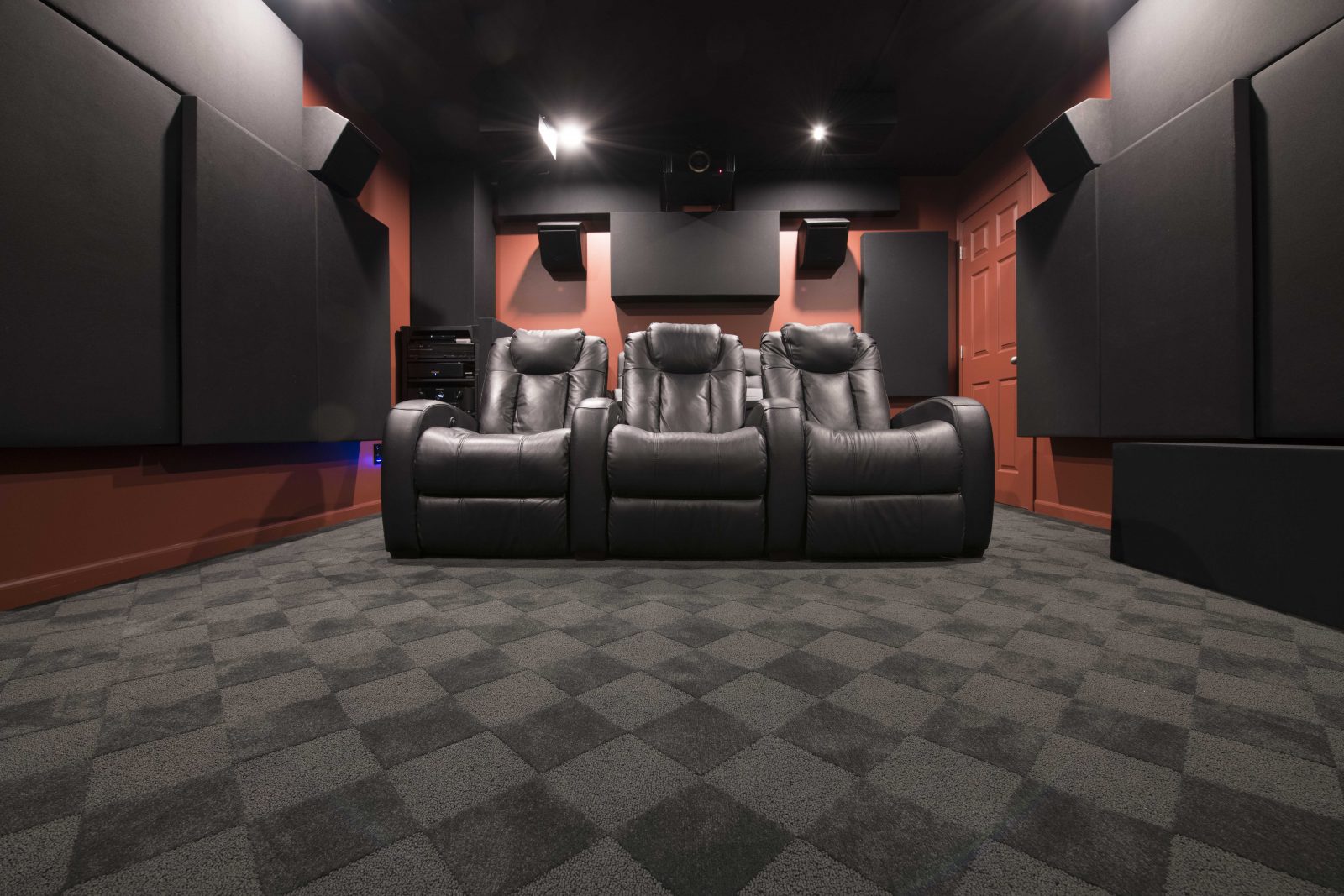In our new video, we explore the science of Bass Traps and breakdown the strategies you’ll need to get great bass response in a home studio.
Great Bass Response can be hard to achieve, especially in smaller rooms. There’s a wide variety of Bass treatments available and knowing which bass traps to use or where to place them isn’t always obvious.
Low frequencies have more energy than high frequencies and tend to travel further, so bass is going to reflect and build up more in your room compared to treble frequencies.
This build up is often concentrated in the corners of your room as reflections from adjacent walls merge and interfere with one another, creating both peaks and nulls at different frequencies. It’s common to see bass traps stacked floor-to-ceiling in the vertical corners of a room, but remember there are eight more corners that can benefit from treatment. The corners along your floor and ceiling around the perimeter of the room will also cause bass build up.
Treating all of these corners isn’t always feasible depending on your budget and space limitations, but there’s a few ways you can test to see where in your room you should focus your treatment.
Tools like Room EQ Wizard can give you a detailed breakdown of your room acoustics, but if you’re not familiar with room testing there’s a more low tech way to find bass buildup.
By playing a low frequency “pink noise” file in your room you can locate your bass build up by simply moving around the room and listening for the areas where the bass is stronger. If you have a handheld SPL meter, or an SPL meter app for your phone, you can use it to make this process easier and more precise.
Finding these bass “hotspots” in your room will tell you the most important places to begin with bass trap treatments. If there are only a few bass traps available, These are the most important areas to treat.
GIK has a filtered pink noise sound file available for download that you can use to run this test. This file contains all frequencies from 400Hz and below, all playing at the same volume. Link in the description.
World-class bass response is a bit of a commitment, in that you will need a lot of thick panels in the room to achieve it. Coverage area, or the total surface area of all bass traps relative to room size, is the biggest determinant of overall performance, but other factors like panel thickness and placement can also help.
The more bass traps we add to a room, the better the bass response will be, but even starting with a few bass traps is enough to begin to hear improvements in most rooms.
There are two main types of bass traps, broadband absorbers, and tuned membrane traps. Broadband absorbers use a porous material to capture sound energy across the full range of audible sound. The thicker the panel the lower the effective range, but your mids and highs will still be affected.
A 2” thick broadband absorber like our Spot Panels or 242s will perform down to about 300Hz, where they begin to roll off. 4” absorbers like 244s will extend this to under 100Hz, and 6” absorbers like Monsters have a lot more performance under 100Hz. In rooms where great bass response is a priority, make every panel in the room as thick as possible.
We can also “sculpt” the absorption curve to be more suitable for a given application with our FlexRange series of panels. We can add Range Limiters to these products which enhance bass absorption and reduce treble absorption. This allows us to get enough bass traps into the room to really help the low end, without over-damping the treble and making things sound too “dead”.
Broadband, and possibly Range-Limited, bass traps should always be the starting point and foundation for creating great bass response in a small room.
Tuned Membrane traps like the Scopus are engineered to treat strong, stubborn resonances at specific frequencies in the low end that remain after extensive broadband bass trapping has been implemented. This can be very useful as a finishing touch in a very high-end room, but should not be regarded as a foundational strategy for bass trapping. To use a tuned trap effectively you need to test the room to find the resonances, ideally with a waterfall graph or a spectrogram. Once we’ve identified these resonances in the test data we can deploy the Scopus traps to further improve your room’s response.





GIK Giveaway Viral Video Contest 2024
Room EQ Wizard TUTORIAL
How to set up and use REW In this video we show you how [...]
DIFFUSION Concepts Explained
How Acoustic Diffusers Work And Which One Is Right For You In this video [...]
Jan
The GIK Acoustic Advice
Get Your Room Sound Right For FREE! In this video we are giving a [...]
Jan
Designer Tips: The Significance of “Clouds” with Mike Major
When people reach out to us at GIK for acoustic advice, we never have any [...]
Jun
Designer Tips: The Importance of Coverage Area with James Lindenschmidt
The most important factor in acoustic treatment performance is coverage area. Or more specifically, the [...]
May
Designer Tips: Home Theaters and Acoustic Balance with John Dykstra
Without fail, one of the first things our clients say to us when we begin [...]
May
Summer Giveaway 2021 Vote
The GIK Acoustics Summer Giveaway Photo Contest 2021 invited customers to submit photos illustrating how [...]
Aug